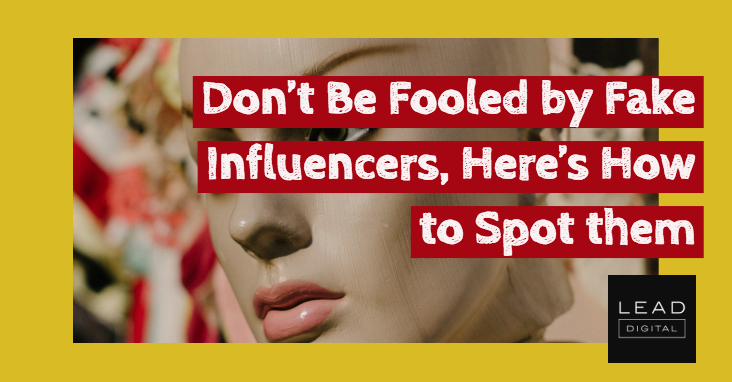
How Mediakix showed the world that one can turn into a brand-sponsored Instagram “Influencer” in under three months and what businesses can learn from it.
When looking at the online personas of Instagram influencers it’s easy to get caught up in the hype. They’re all gorgeous, fashionable, and incredibly well traveled-but are they? Mediakix latest social experiment proves how easy it is for businesses to unknowingly spend their social media marketing budget on social media figures who have no more influence than your grandmother who still thinks dial-up is a thing.
The Experiment
In as little as the last year, the Instagram influencer market has grown exponentially. It’s currently estimated at $1 billion and that amount could double by 2019. With so much money to be made digitally it’s no wonder that people are trying to jump on the influencer bandwagon by inflating their social media stats through paid services. The influencer marketing agency, Mediakix, started by creating two fake Instagram accounts: Calibeachgirl310, a fashion and lifestyle centered page, and wanderingggirl, which focused on travel and adventure photography.
For Calibeachgirl310 (aka. Alexa Rae) the company hired a local model and had a one-day beach photo shoot. Wanderingggirl was a bit more cost-effective, as her page was solely created from free stock images online. It took one day to gather enough content to create two realistic accounts, post daily, and begin to purchase followers. Although the company would not disclose which engagement purchasing sites they used, they did say that the ones they chose varied between $3–8 per 1,000 followers, $4–9 per 1,000 likes and an average of 12¢ per comment.
Within two months Calibeachgirl310 had garnered over 50,000 followers and wanderingggirl over 30,000. The company purchased between 500–2,500 likes and 10–50 comments for each photo and after it had built up enough of an “online presence” it went to work on securing brand sponsorships. After securing the necessary number of followers to sign up for an “influencer marketing platform” (around 10,000) the separate accounts applied for several campaigns daily. After applying for a “couple dozen” campaigns, the pages ended up with two brand sponsorships. Across both fake accounts, the company secured over $500 worth of monetary and product compensation within a few weeks of signing onto the platforms. – Read More



